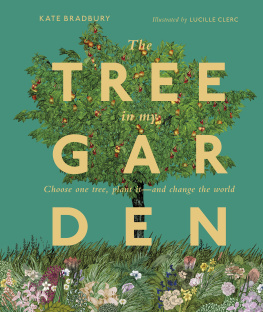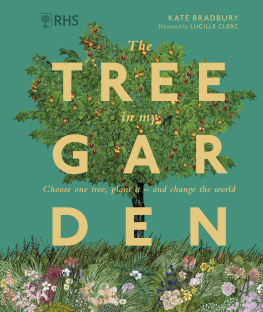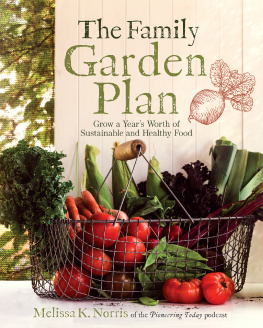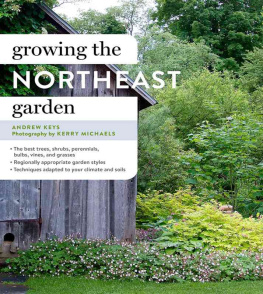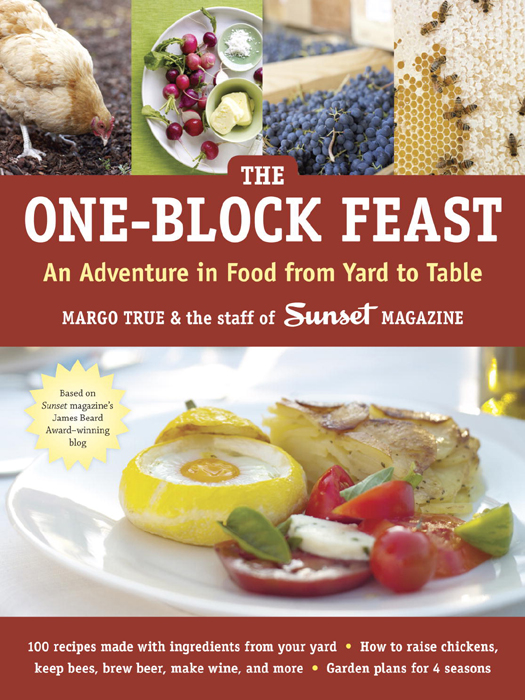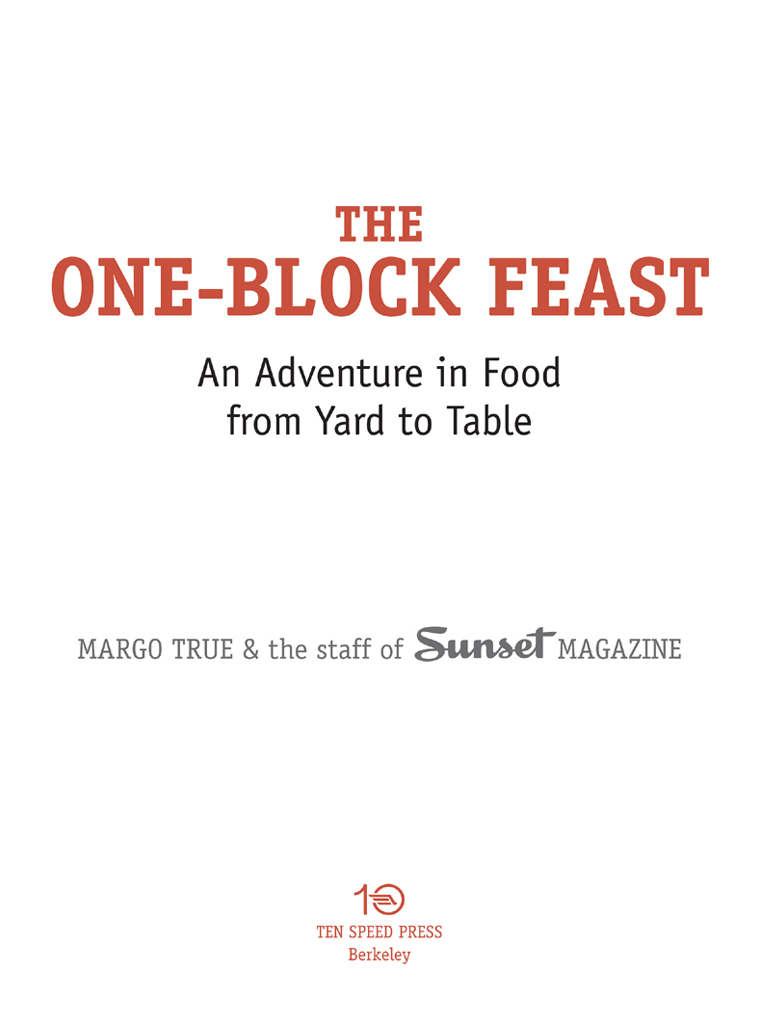All rights reserved.
Published in the United States by Ten Speed Press, an imprint of the Crown Publishing Group, a division of Random House, Inc., New York.
www.crownpublishing.com
www.tenspeed.com
Ten Speed Press and the Ten Speed Press colophon are registered trademarks of Random House, Inc.
Copyright 2011 by Sunset Publishing Corporation
For photograph copyright information, see .
Library of Congress Cataloging-in-Publication Data is on file with the publisher
eISBN: 978-1-60774-059-9
v3.1
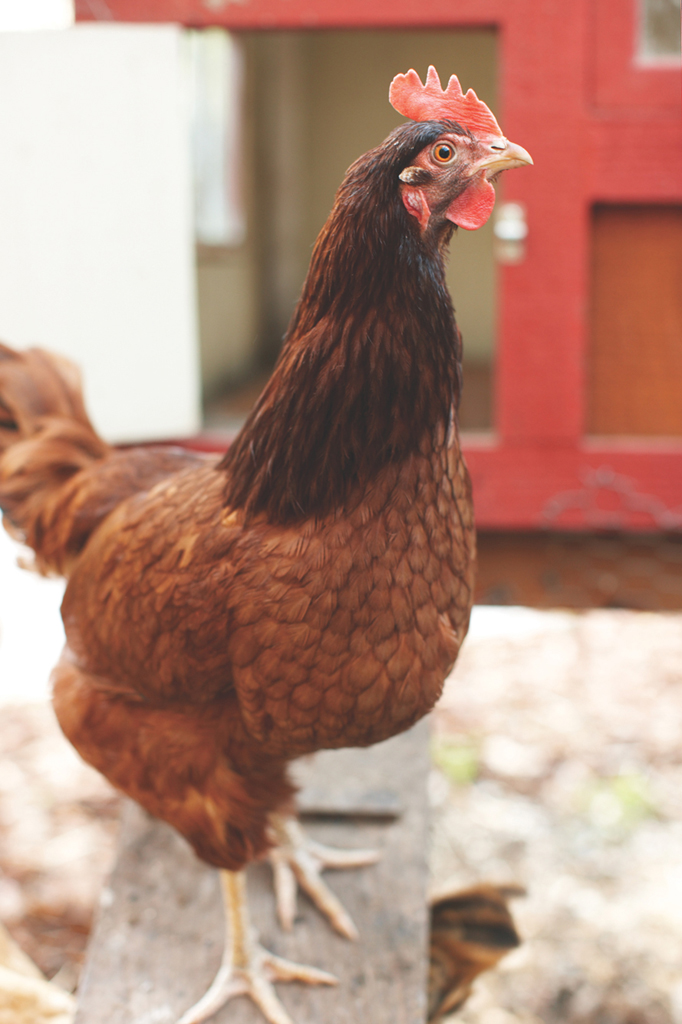
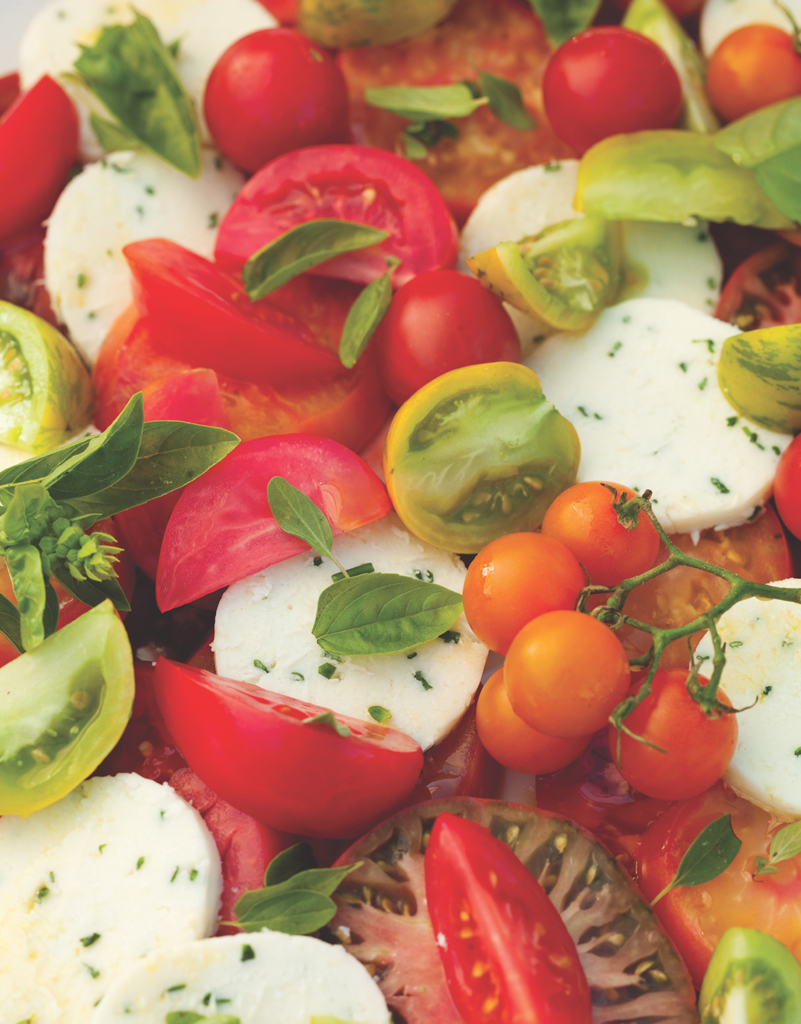
Contents
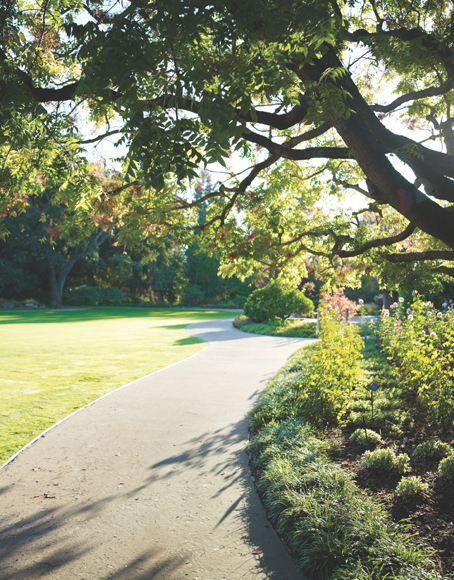
The garden at Sunset
Introduction
Its the start of the day at Sunset magazine. On the way to the coffee machine, I pass Kimberley and Margaret. Kimberley is an imaging specialist; she color-corrects the cascade of photographs that streams into our office every month. Margaret is our production coordinator, adjusting every detail of the layouts until the pages are ready for publication. But right now, Kimberley and Margaret are beekeepers. Theyre both in bulky white jumpsuits, with veiled helmets tucked under their arms, heading out to inspect our hives.
As for me, Im carrying a white bucket filled with leftover spinach, fennel trimmings, and chile seeds. With my coffee in the other hand, I go out to see the girlsthe squawking hens in Sunsets test garden who dive-bomb the bucket as soon as I set it down. I collect a couple of still-warm eggs from the nest box and go back inside, past the egg sign-up sheet with its list of colleagues waiting their turn for eggs, past the big crocks of vinegar with their bracingly tangy smell, and into the kitchen to put away the eggs. It makes me happy to know that our under-the-counter fridge holds wheels of Gouda that we made a few weeks ago from the milk of our own cow, that the latest batch of beer is percolating in a corner, and that the shelves in the pantry are lined with bottles of our own olive oil and jars of honey from the hives.
Although it may sound like were running a farm here, we arent. Our main business is putting out a monthly lifestyle magazine about the West. But the Sunset office is a little different from other magazine offices.
It was designed by its longtime former owners, Bill and Mel Lane, to be what Bill liked to call a laboratory of Western living. On its five acres, landscape architect Thomas Church planted extensive gardens that start with the cacti of the Southwest and arc over to the ferns and firs of Washington and Oregon, with California redwoods in between. The Lanes installed a test garden, too, for trialing the newest flowers, fruits, and vegetables, so we could tell our readers which varieties to count on. The building itself, constructed in the early 1950s by architect Cliff May, embodied the then-new idea of outdoor living, with sliding glass doors to bring in the view, tile floors that flowed from inner rooms to outer patios, and courtyards with shady overhangs and comfortable seating. Many of the home stories in the magazine over the years have focused on bringing the outdoors in and vice versa. Weve built patios in our parking lots, put together an adobe oven, and made all kinds of garden structuresfrom tool sheds to benches to raised bedsand published the plans. In the sand volleyball court we used to have, we once pit-roasted a pig, Hawaiian style. It ended in a visit from the fire department, but in a laboratory, not all experiments go smoothly.
In the kitchen, we made a point of celebrating Western foods like Meyer lemons and abalone, starting when some of them were barely known outside the West. (One of my favorite bits of display type, from a 1970 article: Its endlessly versatile. Its a dip, a sauce, a dressing, a spread. Its guacamole.) Weve been fans of local eating for a long time. So we were thrilled when, several years ago, it became a bona fide movement: People everywhere were seeking out ingredients close to home, grown by farmers they could meet or at least learn about. It was civilized and humane, healthy in the largest sense of the word, and it produced great-tasting food.
.)
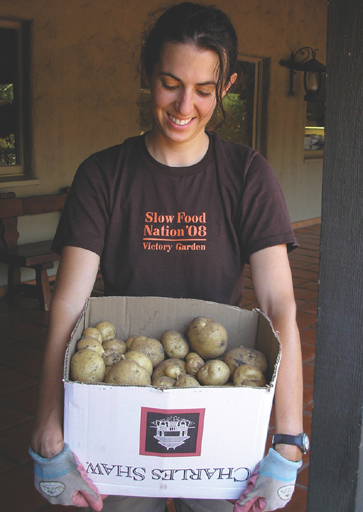

To make it interesting, wed raise more than just plants. We would figure out how to make absolutely everything we needed for a well-rounded meal, from protein to cooking fat to seasonings to sweetener to even winethe kinds of ingredients you would typically buy at the store, even if youre a dedicated locavore.
Almost before we knew it, we had formed Team Chicken, Team Olive Oil, and Team Bee to explore exactly how to produce the eggs, oil, and honey that we wanted. Several other teams materializedyoull read about them in the first chapterand we became like an old-fashioned neighborhood of do-it-yourselfers heading for the best block party ever.
After a little more thought, we decided that the block should be reduced to a medium- to large-size backyard, so that it would be easier for our readers to replicate all that we were planning. We began describing our adventures on a blog, called One-Block Diet (http://oneblockdiet.sunset.com), where we recorded what worked and what didnt, the practical tips we learned from experts, and the fun we had.
By the time we sat down to our summer feast in August, the project had assumed a larger life. Various strands of it were still evolving: for instance, the Syrah wed made was nowhere near ready to drink (it was still aging); our cheeses were tasty, but we wanted to explore making different and more ambitious kinds; and we thought it would be fascinating to turn our honey into mead. We found ourselves not only continuing the projects wed started, but coming up with new ones and planning menus for the seasons ahead. And pretty soon it all added up to this book, with extra recipes developed along the way.
However, we ended up doing our research in fits and starts, skipping to winter and then to fall and back to spring. For the sake of seasonal continuity and flow, and so that our plan is helpful to anyone following it, Ive condensed some of our experiences and adjusted dates where it made sense.
When we started the project, we knew nothing about the time-honored skills we were trying to explore, apart from gardening and cooking. We had no idea how to make wine, or keep bees, or milk a cow. We are people with full-time office jobs and home lives, and yet we found that all of these things are completely possible and extremely rewarding.
Although this book is as comprehensive as we could possibly make it, with recipes that use only what we grew or raised ourselves, we designed it to be a resource that anyonebackyard garden or nocould dip into and still really enjoy. All the recipes work with store-bought or farmers market ingredients, for instance. And even if you choose just one project, like homemade vinegar, you will feel the undeniable pride that is part of what makes food from scratch so rewarding.




